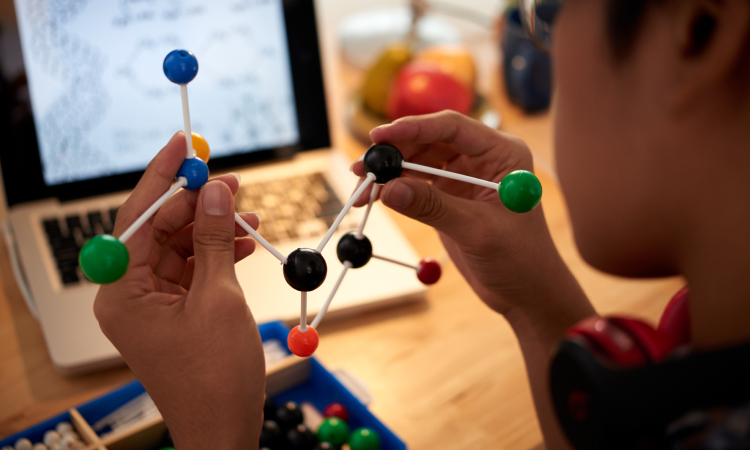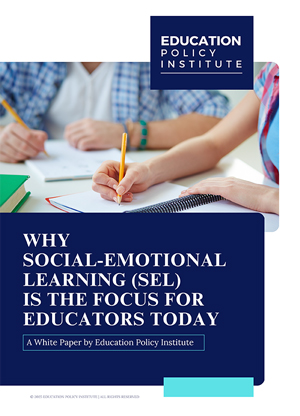In many classrooms today, students often find themselves wondering how the equations they solve or the science experiments they conduct will ever matter outside of school. STEM—science, technology, engineering, and mathematics—can sometimes feel like a collection of abstract concepts rather than skills that shape the world around us. However, by connecting STEM education to real-life situations, teachers can help students see the meaning behind what they’re learning. When learners can link their studies to everyday experiences and real-world challenges, it creates a deeper understanding and a genuine sense of curiosity.
Here are five meaningful ways to connect STEM lessons to the world beyond the classroom and make learning more engaging, practical, and lasting.
1. Introduce Real-World Problems That Need Solving
One of the most effective ways to make STEM feel relevant is by showing students how it’s used to address real issues. Whether it’s environmental changes, water conservation, or clean energy solutions, today’s world presents countless challenges that science and technology can help solve.
Teachers can design lessons that encourage students to explore these problems in depth. For example, instead of just teaching about renewable energy through diagrams and notes, students can be asked to design simple models of solar-powered devices or calculate the energy usage of their own homes and suggest ways to reduce it. By framing lessons as opportunities to contribute to bigger causes, students start to see the impact their knowledge could have.
These kinds of projects also promote critical thinking and creativity. When students are given a problem to work on, there is often no single correct answer. That freedom invites experimentation and innovation—qualities essential in STEM careers.
2. Connect Classroom Topics with Careers
Many students don’t realize that what they’re learning in class has direct links to real jobs. Talking about careers in STEM and how different professionals use scientific or mathematical skills daily can help bridge that gap. This doesn’t require guest speakers or career fairs alone; it can happen naturally in lessons.
For instance, when discussing statistics, a teacher might talk about how sports analysts use data to evaluate player performance or how medical researchers track the spread of diseases. When learning coding, students can explore how app developers create tools that people use every day—from banking to fitness tracking. This not only broadens students’ understanding of potential career paths but also helps them appreciate the versatility of STEM knowledge.
Teachers can take this a step further by involving students in mock scenarios or simulations. Acting as engineers, doctors, or programmers for a day can spark new interest and provide a clearer picture of how STEM connects to their futures.
3. Use Local Community as a STEM Laboratory
Learning becomes much more tangible when students can interact with the world around them. Taking STEM beyond the walls of the classroom by exploring the local community allows students to apply what they’ve learned in real settings. Simple activities like testing water quality from a nearby stream, analyzing traffic flow at an intersection, or examining soil samples from a school garden can lead to rich discussions and experiments.
These experiences make science and math feel more hands-on and personal. Students begin to understand that science is not limited to a textbook, and engineering doesn’t only happen in high-tech labs. It’s all around them, shaping their neighborhoods, homes, and daily lives.
Moreover, these projects can build a sense of connection with the community. When learners see that their findings can contribute to local understanding or improvement—such as recommending ways to reduce neighborhood waste or identifying potential safety issues—they feel a sense of responsibility and pride.
4. Encourage Collaboration Through Group Projects
STEM in the real world is rarely a solo activity. Scientists work in teams, engineers design in groups, and programmers often collaborate on complex systems. Bringing this into the classroom helps students not only grasp technical concepts but also develop the communication and teamwork skills they’ll need later in life.
Assigning group projects where students need to solve problems, build prototypes, or gather data helps mimic how professionals work. A group might be asked to design a water filtration system, create a budget for a space mission, or build a simple app to address a community need. These tasks teach students how to divide work, value different perspectives, and troubleshoot together.
While the academic benefits are clear, the social benefits are just as valuable. Students learn how to listen, express ideas clearly, and deal with disagreements—all of which are vital in real-world settings, whether in college or the workplace.
5. Integrate Technology That Students Already Use
Today’s students are surrounded by technology. They use phones, tablets, and computers daily—but they may not always understand how these tools work or how they’re designed. Using technology in STEM lessons, not just as a teaching aid but as a subject of exploration, can make content more relatable.
For example, rather than simply teaching the theory behind circuits, students could take apart old devices (safely and under supervision) to understand their inner workings. Lessons in coding could focus on building games or apps similar to the ones they use for entertainment. Mathematics can be linked to design software, video editing, or animation, showing how calculations are part of creating digital art or visual effects.
Using familiar technology not only captures students’ interest but also helps them gain practical skills. It also demystifies the tools they use every day, turning passive users into informed creators. This approach builds confidence and helps students see STEM not as something distant and academic, but as something that exists right in their hands.
Also Read- Know Everything about STEM Education Trends
Conclusion
Connecting STEM lessons to real-world situations isn’t just about making subjects more interesting—it’s about giving students a sense of purpose and direction. When learners understand how what they study in class applies to the world around them, it brings meaning to their efforts and often reveals strengths and interests they didn’t know they had. The shift from memorizing facts to solving real problems transforms how students see themselves—not just as learners, but as thinkers, builders, and contributors to a complex world. By grounding STEM education in everyday experiences, teachers can spark curiosity, confidence, and a lifelong interest in exploration.





